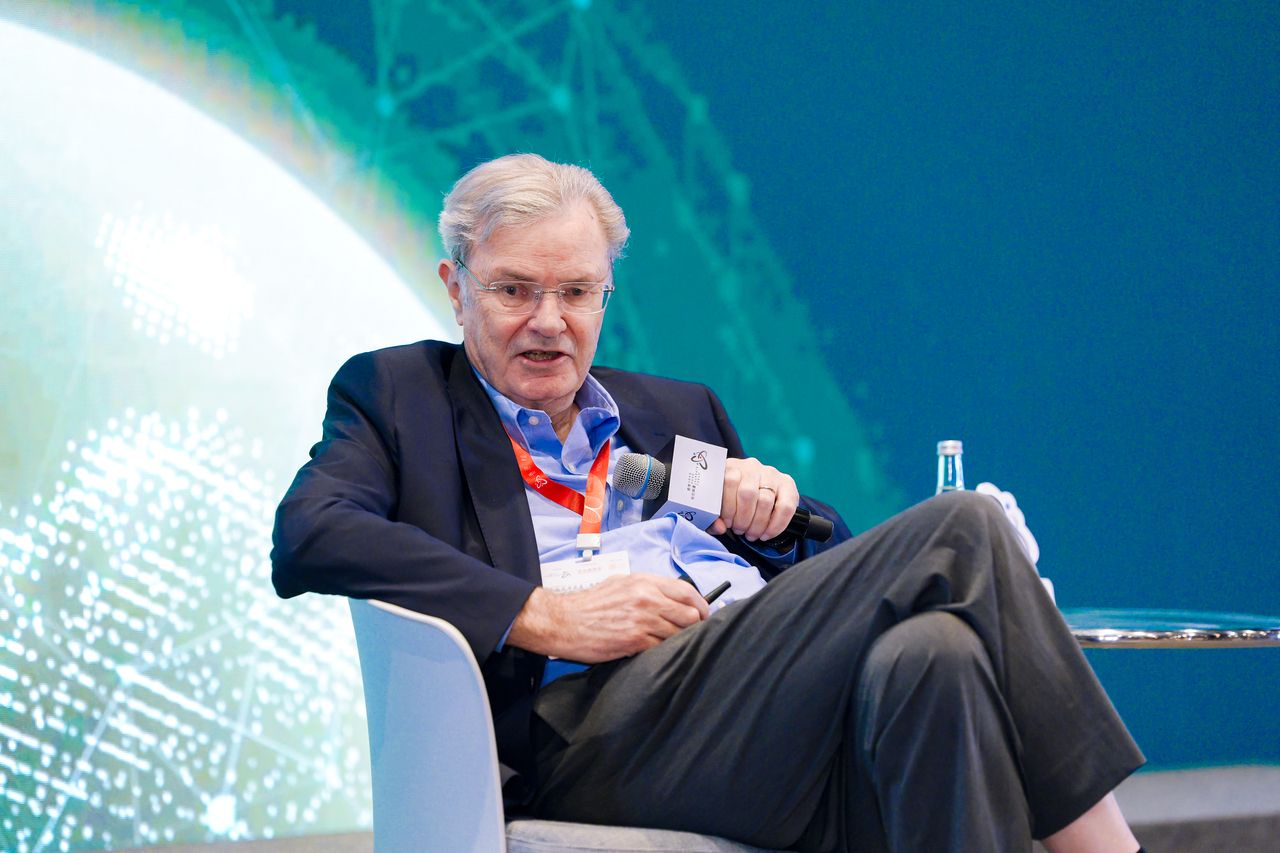 HONG KONG — Wolfgang Baumeister has spent decades trying to see what the human eye never could.
HONG KONG — Wolfgang Baumeister has spent decades trying to see what the human eye never could.
This year, the German biophysicist was awarded the Shaw Prize in life science and medicine for pioneering cryo-electron tomography, a breakthrough that allows scientists to observe the molecular architecture of living cells in unprecedented detail.
“It’s a wonderful recognition,” he said at an interview with The Korea Herald on the sidelines of the Hong Kong Laureate Forum 2025. “But after 30 years of developing this technology, it’s really a recognition for the entire team. Maybe a hundred graduate students and postdocs have been involved. Nobody would have expected this to become so successful when we started in the late 1980s.”
The prize, known as the “Nobel of the East,” is given to those whose work has reshaped scientific understanding.
Cryo-electron tomography, or cryo-ET, he explained, “enables us to study the molecular organization of cells in their native environment.”
Before cryo-ET, structural biology relied on techniques that required removing molecules from their natural environment. This often resulted in purified molecules outside the cell losing the shapes or interactions they naturally have in living systems.
Now with cryo-ET, scientists can visualize proteins and molecular machines inside a cell in their natural state. By revealing how these structures interact, misfold or break down in real time, the technique provides crucial insights into diseases such as neurodegeneration and cancer.
“This marks a shift from studying molecules individually to understanding the cell as an interconnected molecular system,” he noted.
Rigorous curiosity
Yet the technology is only the backdrop to his story. What drove him was not a dream of prizes or a master plan, but something much simpler.
“It’s just that pleasure of seeing, the thrill of discovery is what drove me here today,” he said.
But there were times when he found himself lost.
Attending a high-level secondary prep school in Germany, Baumeister’s interest in biology began with a teacher who urged him to explore a small research project in plant ecology.
He pursued biology as an undergraduate, but the excitement did not last long. The biology curriculum of the 1960s was, in his words, “completely nonmolecular.” Days were spent dissecting rats and making precise drawings of bones and organs, he recalled.
“That was the science of the time. Anatomy, dissection. It wasn’t the science I imagined. It was boring,” he said.
That changed when he stumbled upon an unused electron microscope in a corner of a university institute in Bonn.
“This was much more fun than dissecting animals. So I taught myself how to operate it.” he said. “I even got a publication out of it.”
He then left for the University of Duesseldorf, where he trained under Helmut Ruska, the brother of Ernst Ruska, who invented the electron microscope and later won the Nobel Prize in physics.
There, Baumeister entered a world where science meant rigor, precision and ambition. What he absorbed most deeply was that science advances not by certainty, but by trying things that may fail.
Years later, when automation and digital imaging became possible in the late 1980s, Baumeister sensed the window he had been waiting for.
“The tools finally caught up with the imagination,” he said. He pursued cryo-ET despite skepticism, calling it “a high-risk project” that most funding bodies would not have touched.
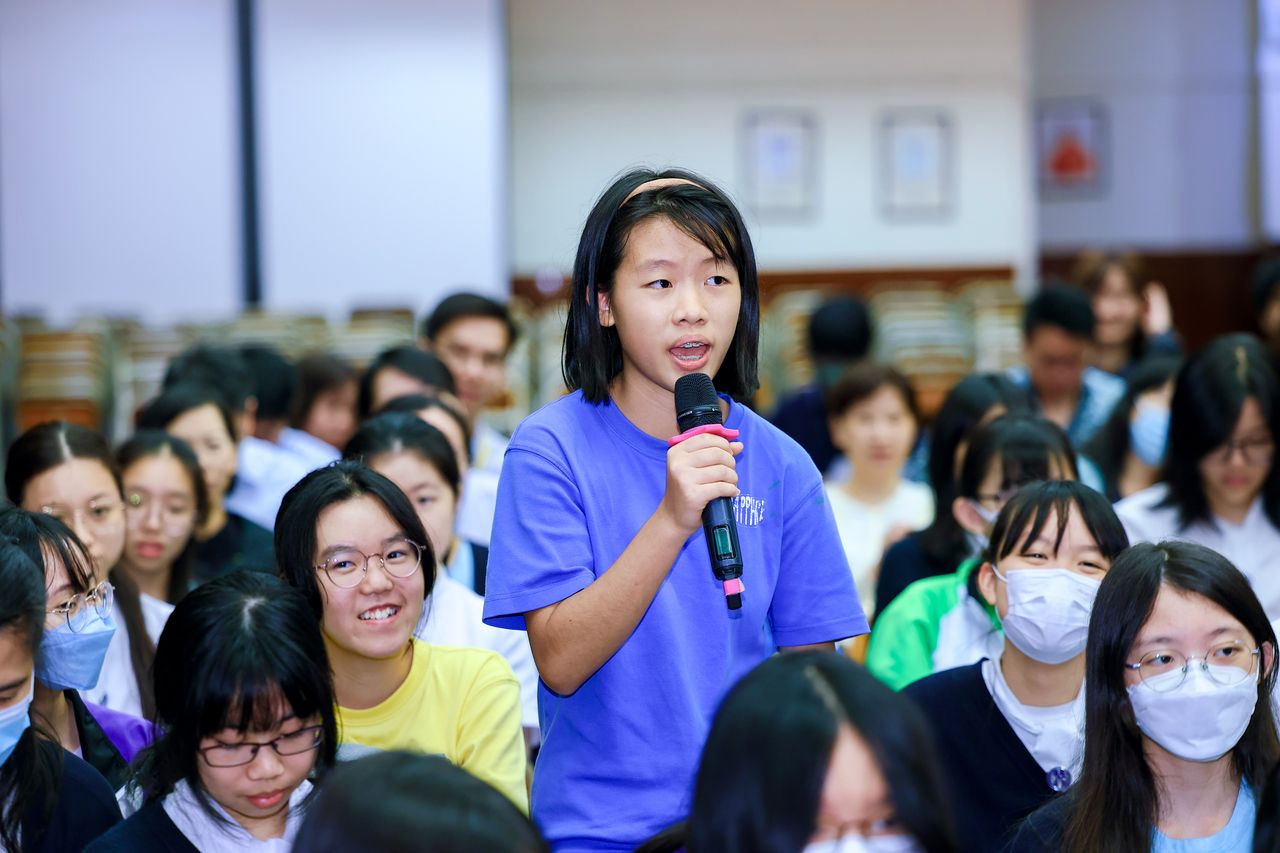 Baumeister points to his instinct to follow curiosity rather than chase recognition as his guiding principle, which he shared with young students in Hong Kong during a special session at Maryknoll Convent School.
Baumeister points to his instinct to follow curiosity rather than chase recognition as his guiding principle, which he shared with young students in Hong Kong during a special session at Maryknoll Convent School.
Asked how scientists should prepare themselves for success, Baumeister warned against that aim.
“There’s a major mistake in science to get up in the morning and say, ‘How am I going to win a prize?’” he told them. “If you try too hard at anything, it can be counterproductive. You just have to relax and do what comes naturally to you.”
“Whatever subject you study, try to learn extra things beyond the syllabus,” he said. “Try to enlarge yourself. Try to learn things that seem irrelevant at first. They may turn out to be very important,” he added.
“As a scientist, you can really determine what you do each day,” he said. “It can be fun to delve into the unknown. Of course, there are frustrations, it’s not always fun. But the independence you have is rare in other professions.”
His hope for the next generation is simple: that they retain the joy that first brought them to science; that they stay curious enough to ask questions no one has asked before.
“Even if you can’t answer the question you started with, you can often apply that knowledge somewhere else and make progress if you continue to work at it,” he emphasized. “That’s the value of thinking rigorously about mysterious things.”
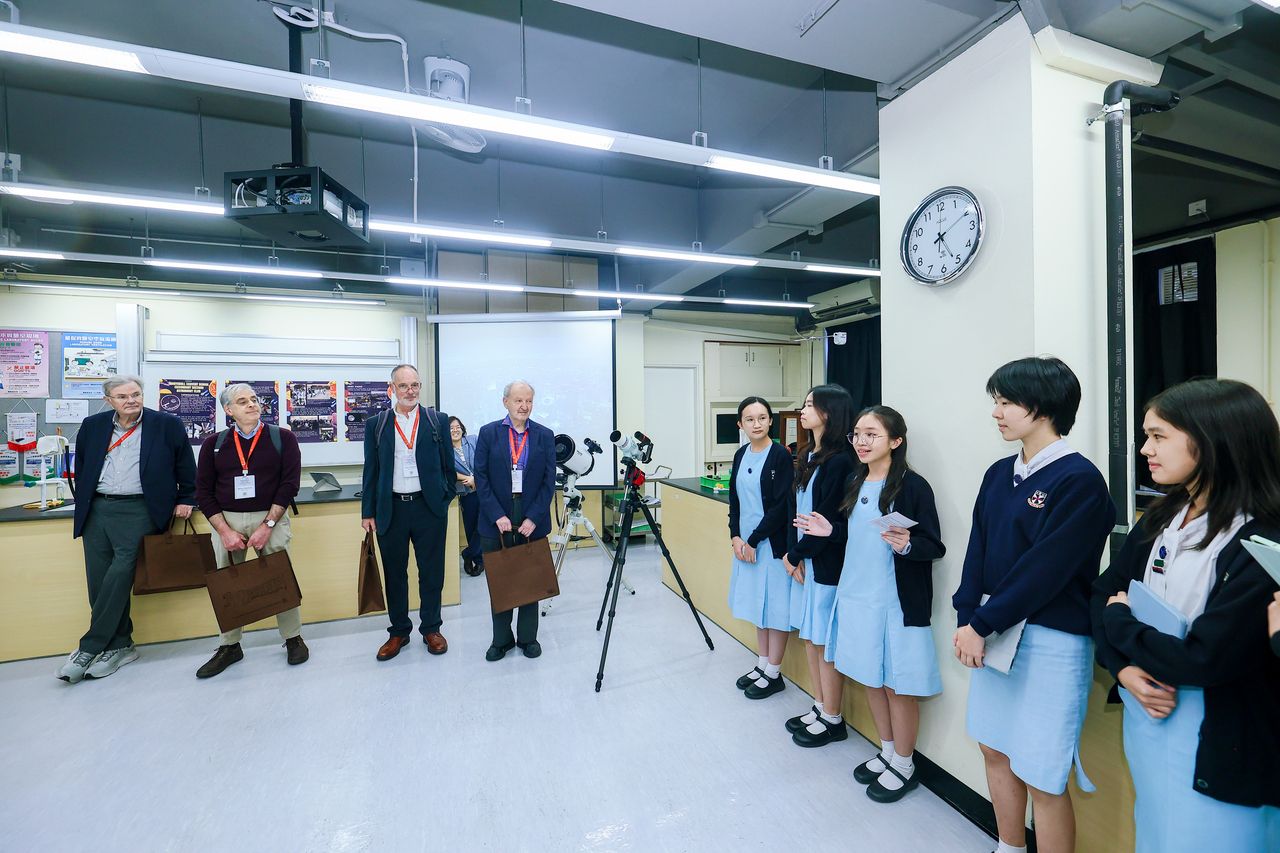
- Unification minister meets US envoy, stresses bilateral cooperation in resuming US-NK dialogue
- Lee pays tribute at Korean War Memorial in Ankara
- S. Korea asks Lone Star to reimburse legal costs after winning annulment in investor dispute
- Samsung, Reliance chiefs push deeper AI-chip alliance
- [Stars up close] Why Park Jeong-min is going viral as Korea’s most down-to-earth star


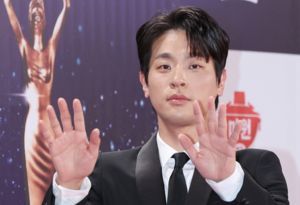


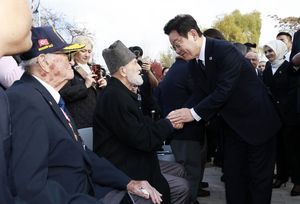

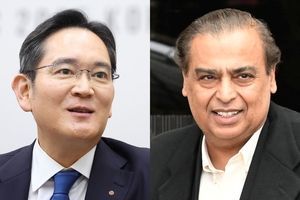

Most Commented